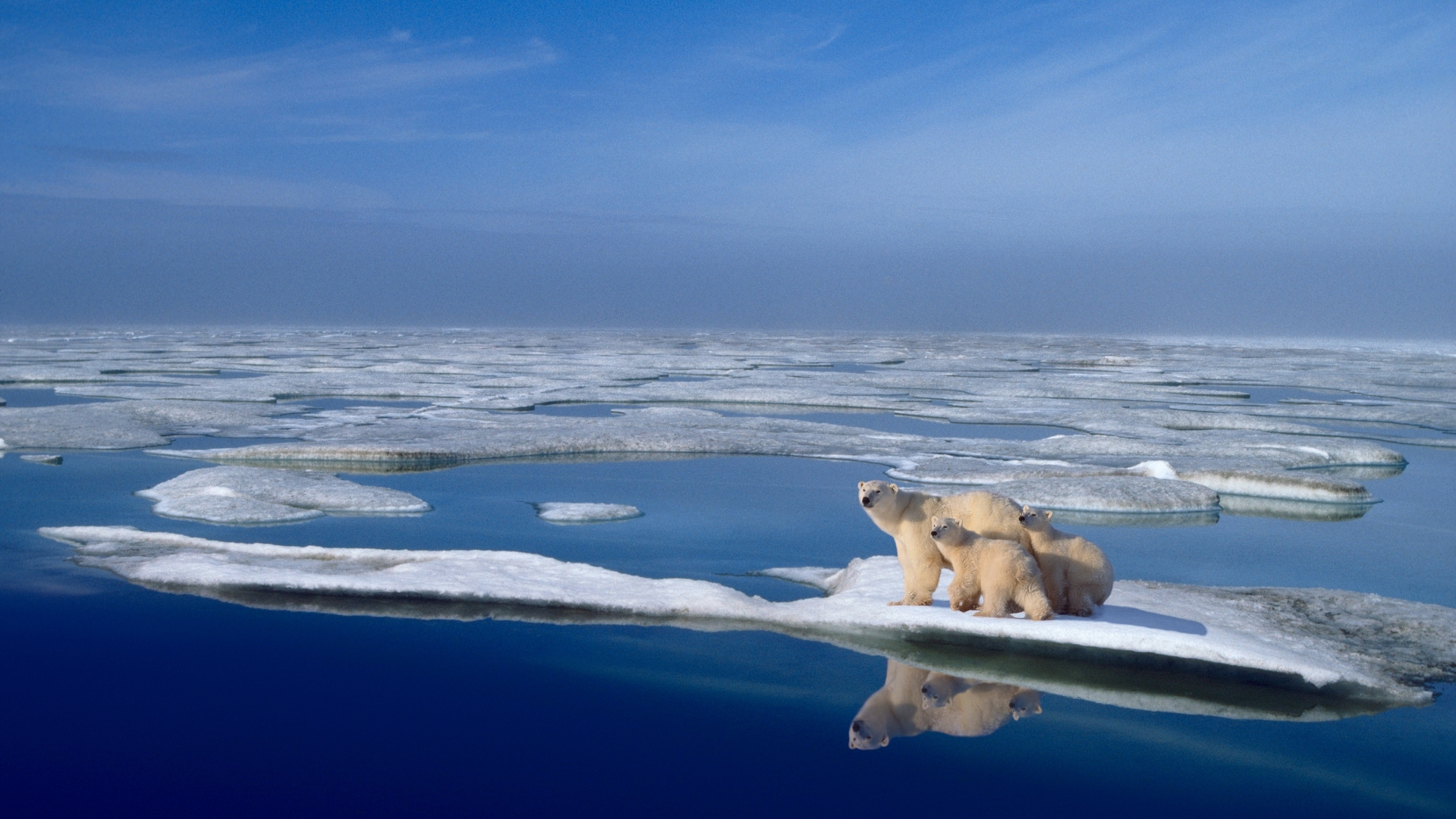
In the fight against climate change scientists have invented some weird and wonderful ways to cut greenhouse gases, stop glacier melt and shade the powerful rays of the sun to reduce the planet's surface temperature. The future of Earth relies on humankind's ability to curb our reliance on fossil fuels — and ultimately use fewer natural resources.
Here are 32 of the weirdest ways scientists have suggested to combat climate change.
Artificial volcanoes
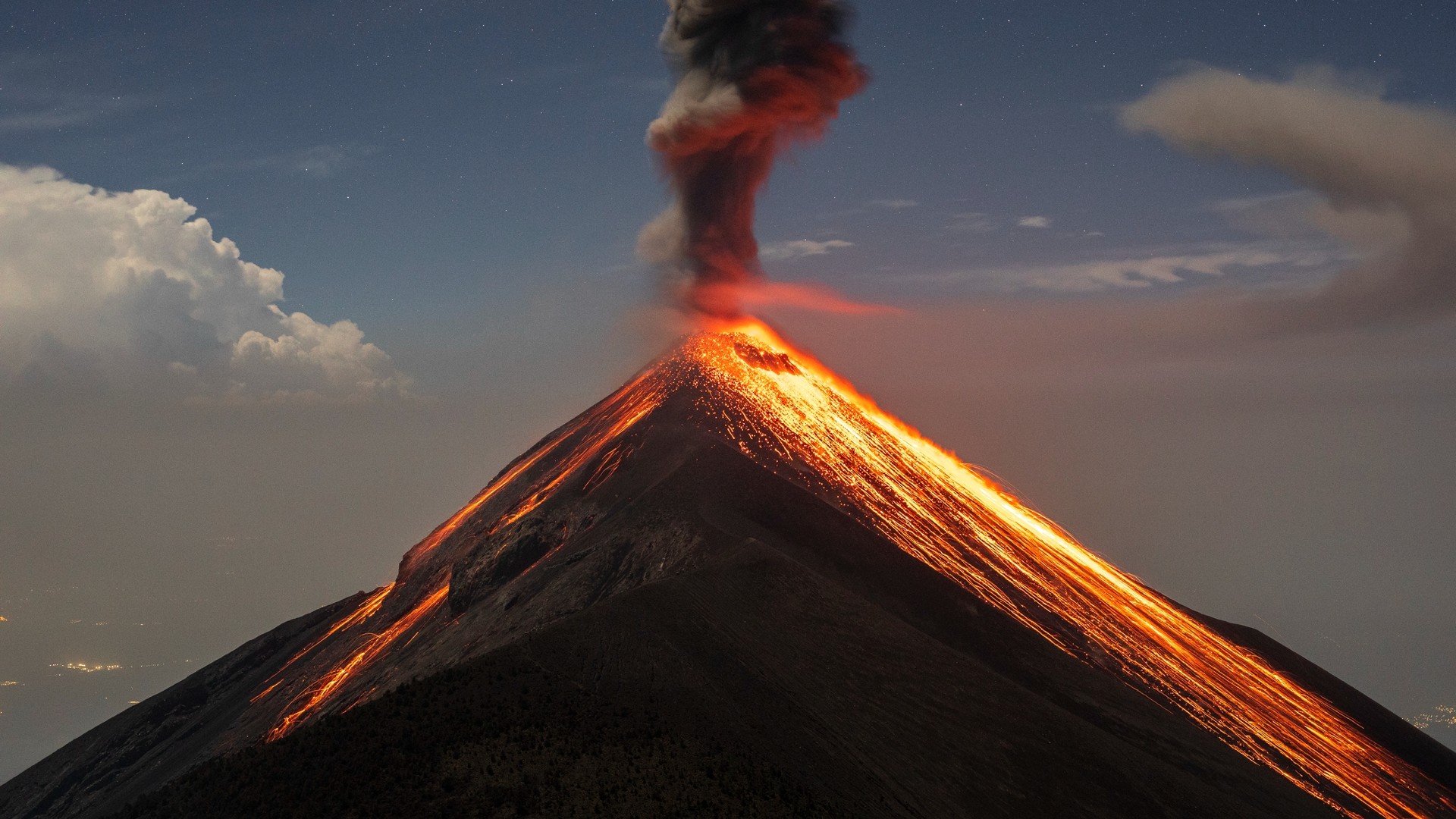
To slow global warming, scientists have proposed creating artificial volcanoes to form an enormous "heat shield" that reduces Earth’s temperature. The "Pinatubo strategy" involves launching jets into the stratosphere that release sulfur compounds, which reflect sunlight away from the Earth — mimicking the natural impact on the atmosphere as a volcanic eruption.
In 2011, as part of the three-year Stratospheric Particle Injection for Climate Engineering (SPICE) project, scientists from the U.K. used a giant pipe and balloon in a field experiment that injected particles into the stratosphere to generate cooling.
Wrap Greenland in a reflective blanket
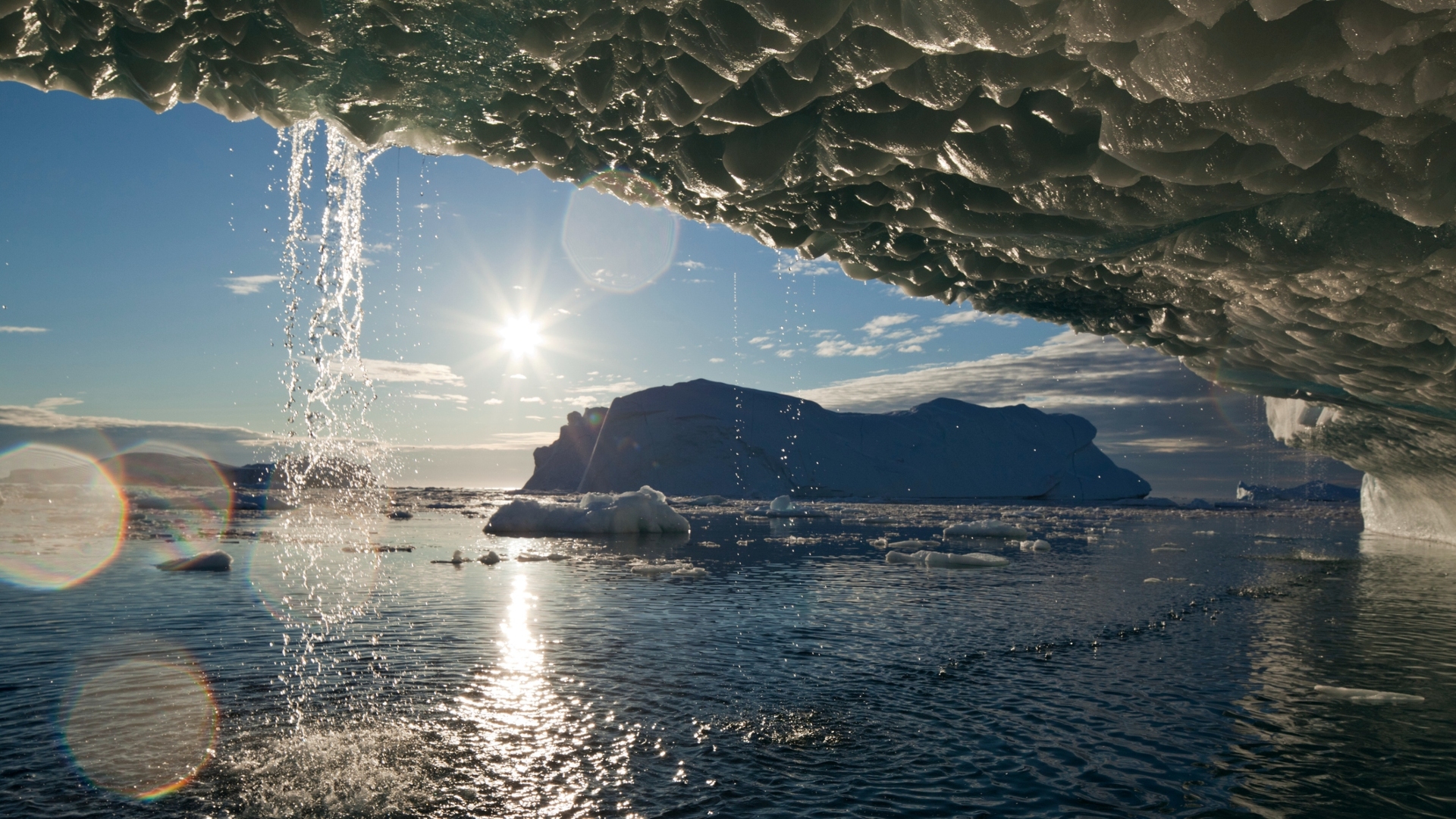
Scientists have explored wrapping Greenland in a massive, reflective blanket to slow the rate of glacier melt. In 2009, climate scientist Ken Caldeira at the Carnegie Institution for Science suggested that reflecting sunlight away from various regions — mostly in the Arctic — could reduce the warming effect and glacier melt.
In the Discovery series "Ways To Save The Planet" which aired in 2009, scientists led by glaciologist Jason Box use reflective, white polypropylene blankets to cover glaciers and test the theory.
Feed livestock garlic
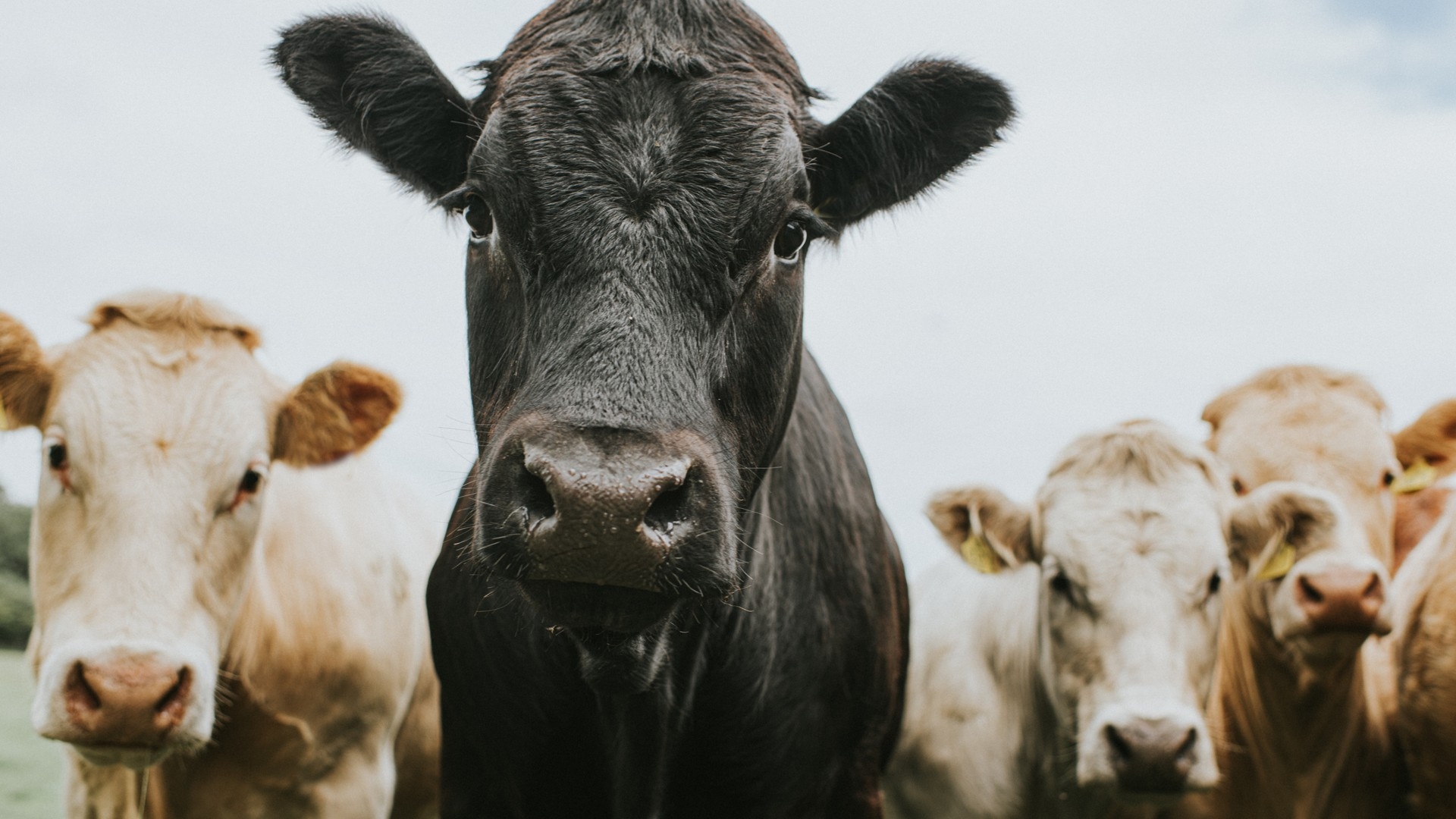
Livestock is the world's largest producer of methane — a hazardous greenhouse gas that contributes to global warming and more than 1 million premature human deaths annually. Reducing agriculture-related methane emissions, which are caused by the release of gas by farting and burping, is key to fighting climate change, according to a report by the United Nations Environment Programme (UNEP) and Climate and Clean Air Coalition.
Scientists have found that feeding livestock garlic, which contains bioactive organosulfur compounds, cuts methane emissions and produces health benefits for consumers of meat and dairy products from the livestock.
Artificial trees that remove CO2 from the air
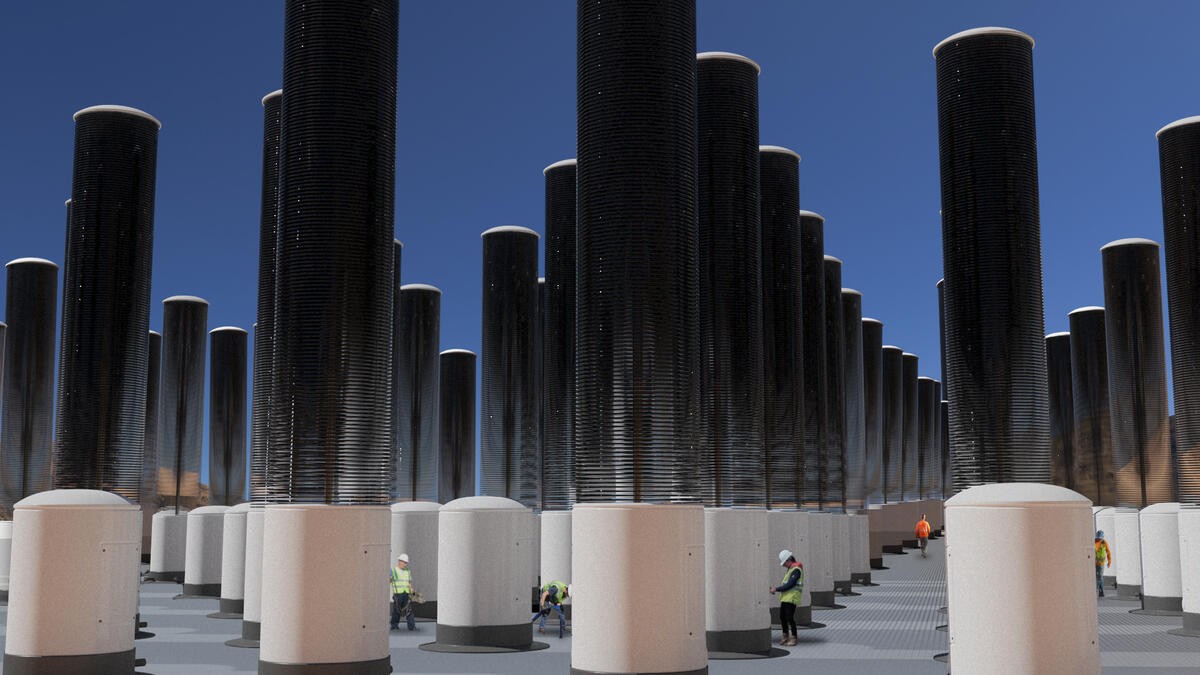
Planting forests of artificial trees that contain layers of carbon dioxide-absorbing discs could fight climate change on a global scale, according to scientists from Arizona State University (ASU). The mechanical trees use carbon-capture technology, and can reportedly capture CO2 a thousand times quicker than natural trees. Developed by Klaus Lackner, physicist and director of Center of Negative Carbon Emissions, the first mechanical tree was installed on the ASU campus in 2022.
Force-feed plankton blooms

Phytoplankton, a microscopic plant that floats in the ocean, provides food for marine life, produces oxygen, absorbs carbon dioxide and releases oxygen into the air. Pollution from agriculture and industry can cause huge blooms of plankton to form. Scientists hope that by fertilizing the deep ocean with iron, they can cause huge swathes of plankton to bloom and absorb extra CO2. This method was reported by The Times in 2019 but remains a controversial approach to fighting climate change.
Fake whale poop

Scientists want to increase the volume of greenhouse gas emissions that the ocean captures by creating artificial whale feces using iron-rich sand or volcanic ash. Whales naturally defecate iron-rich poop on the ocean’s surface that causes huge blooms of phytoplankton to form, which feed fish and capture carbon.
Professor Sir David King, chair of Cambridge University's Centre for Climate Repair and lead of the fake excrement project, hopes that these plankton blooms could capture 50% of the world's greenhouse gas emissions.
Giant snow cannons to blast glaciers
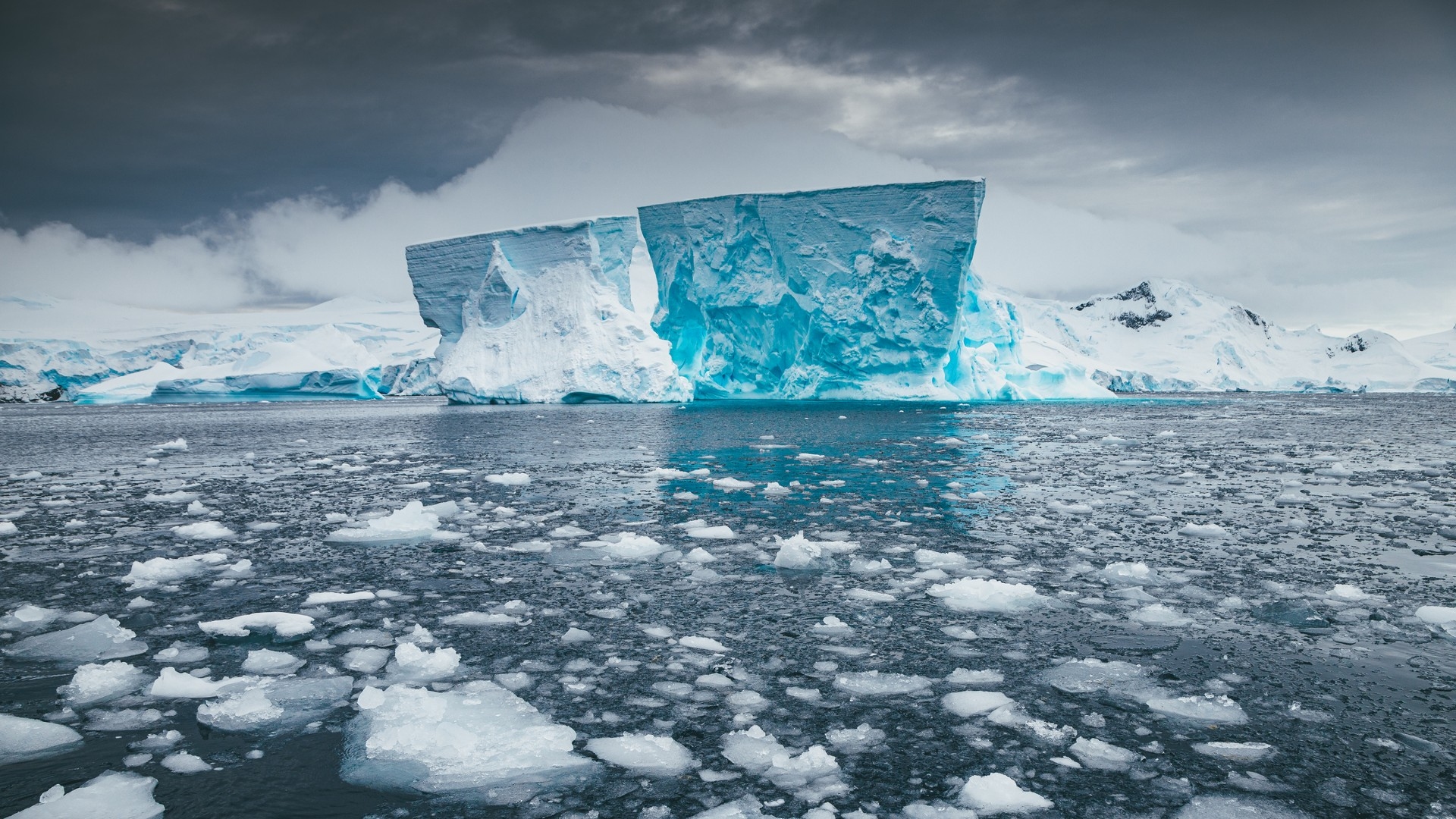
Live Science previously reported an unusual solution to prevent Antarctica’s western ice sheet from collapsing: massive snow cannons. These cannons pump seawater to create trillions of tons of artificial snow to blast across glaciers.
According to a 2019 study published in the journal Science, creating an artificial blizzard in the coastal area around Thwaites and Pine Island glaciers could stabilize the West Antarctic Ice Sheet , reducing ice loss and significant sea level rise. Anders Levermann, physicist at the Potsdam Institute for Climate Impact Research and study co-author, said in a statement: "The West Antarctic Ice Sheet is one of the tipping elements in our climate system. Ice loss is accelerating and might not stop until the West Antarctic ice sheet is practically gone."
Use drones to plant tree bombs

Planting forests from the sky using drones has been explored as a solution against deforestation after wildfires and in areas that are difficult to reach. In Australia, AirSeed Technologies is using drones and AI to drop "seed bombs" in areas devastated by bushfires or flooding..
According to the U.N.’s Intergovernmental Panel on Climate Change, reforestation is vital to reduce the effects of climate change. A 2019 study found that there is space on Earth to plant hundreds of billions of trees, with the potential to reduce atmospheric carbon levels by 25%. According to a 2020 study, replanting trees could reduce the U.S. carbon footprint by 14%.
Lab-grown meat
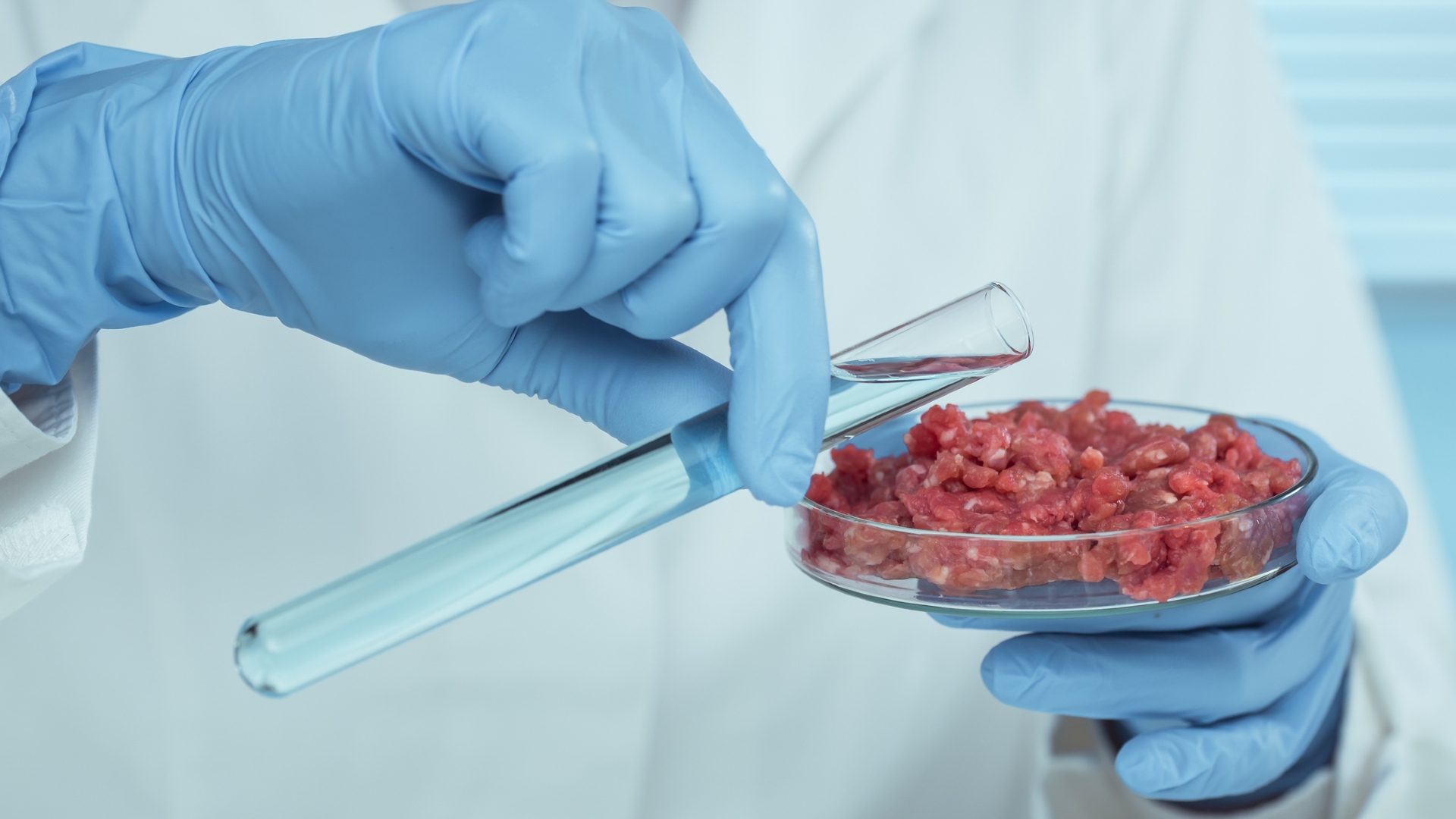
Eating lab-grown cultivated meat rather than livestock-reared beef was previously thought to be better for the environment. Lab-grown meat doesn't require pastures for grazing, uses less water and land for growing feed and produces less methane than cattle.
However, a 2023 study found that the energy needed and greenhouse gases emitted at all stages of cultivated meat production is between four and 25 times higher than traditional beef-rearing. This echoes the findings of a 2019 study that suggested that although cattle contribute to global warming by emitting methane, overall cultivated meat could be worse for the planet in the long-term.
Although scientists haven't yet found a low-emission solution to cultivating lab grown meat, from an animal-welfare perspective cultivated meat still has a positive impact.
Eat a plant-based diet

In a 2024 report, scientists found that in order to reduce greenhouse gases and global heating by 1.5 degrees Celsius, people need to consume fewer meat and animal products and switch to a mostly plant-based diet.
This echoes an earlier 2020 report that found evidence that reducing meat consumption significantly and switching to a plant-based diet is the ultimate solution to reduce global emissions.
A separate 2021 report found that animal-based foods emit twice the amount of global greenhouse gas emissions as plant-based foods.
Plastic-eating enzymes
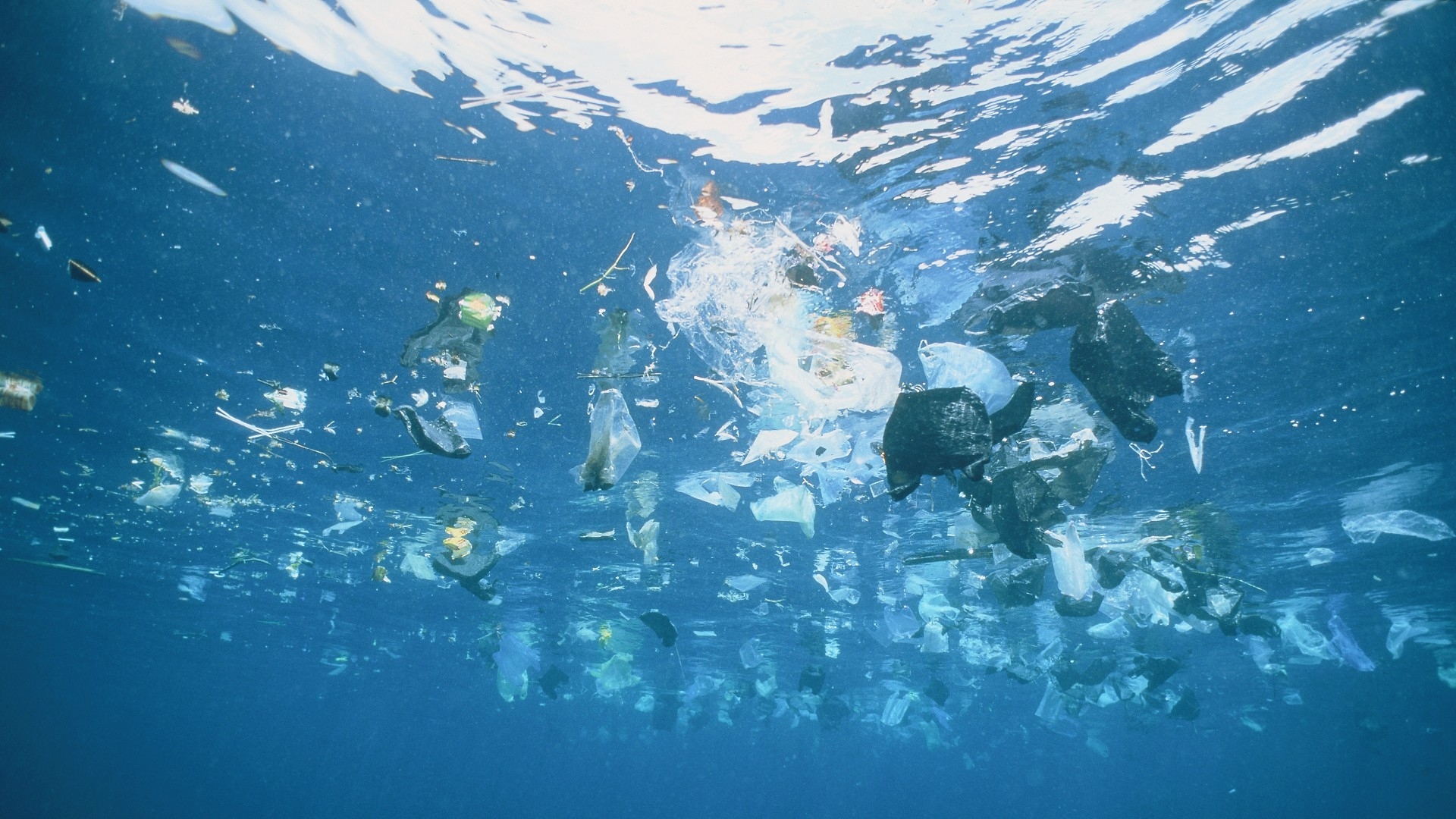
Humans are generating twice as much plastic as we did just two decades ago, with just 9%of plastic successfully recycled. Plastic isn’t biodegradable and can take up to 500 years to decompose, according to the United Nations.
Figures from the University of Colorado show that the refinement of plastics emits 184 to 213 million metric tons of greenhouse gases each year. The disposal of single-use plastics in landfills accounts for more than 15% of methane emissions.
In 2022 Live Science reported that an AI-engineered plastic-eating bacteria had been developed that could solve the plastic problem. Researchers found a variant of an enzyme called hydrolase that can break down PET (polyethylene terephthalate) into component molecules. A separate 2023 study found evidence that structural biology could be used to develop an enzyme that "'eats" plastic.
Build cloud-making ships

Scientists have explored installing a fleet of "cloud-making" ships to increase cloud cover and cool the atmosphere. The technique, "marine cloud brightening" (MCB), involves finding the aerosol particle size that is "just right."
"Since there is a risk that particle size can either increase precipitation or increase evaporation, the optimal particle size and number will likely need to be matched to the target cloud," NOAA scientist Graham Feingold said in a statement.
According to a 2021 study, stratocumulus decks, which cover large areas of Earth’s surface, would be the primary target.
Build underwater walls to protect glaciers
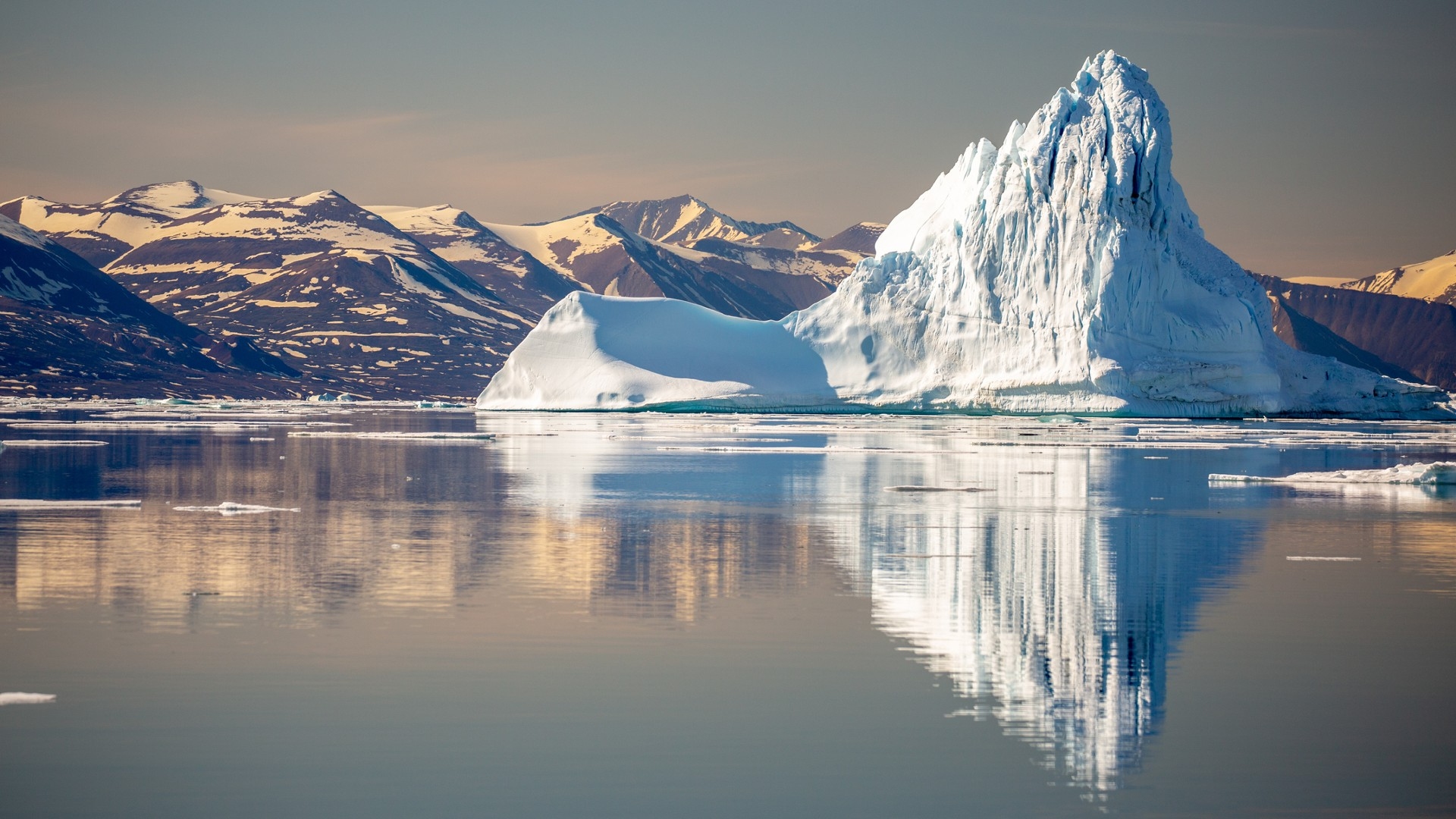
Walls made of rock and sand on the seafloor could be used to protect undersea glaciers from melting and reduce the risk of sea levels rising in Antarctica, according to researchers.
In a 2018 study, researchers explored this form of geoengineering to mitigate the impact of climate change on coastal areas. The structures would be used to stop warmer water from reaching the base of the glaciers, a leading cause of glacier melt. The Guardian reported that the base of the ice around the South Pole shrank by 556 square miles (1,463 square kilometers) between 2010 and 2016.
Dim the sun

Although dimming the sun wouldn't reverse climate change, it could create a cooling effect, researchers have found. According to a 2018 report, a solar engineering technique that reflects some of the sun's rays into space could help limit the rise in global temperatures to less than 1.5 degrees Celsius and meet targets set in the Paris Agreement.
According to a 2023 study, using a combination of solar engineering techniques to block some sunshine could also protect polar regions from melting.
Spray arctic ice with glass
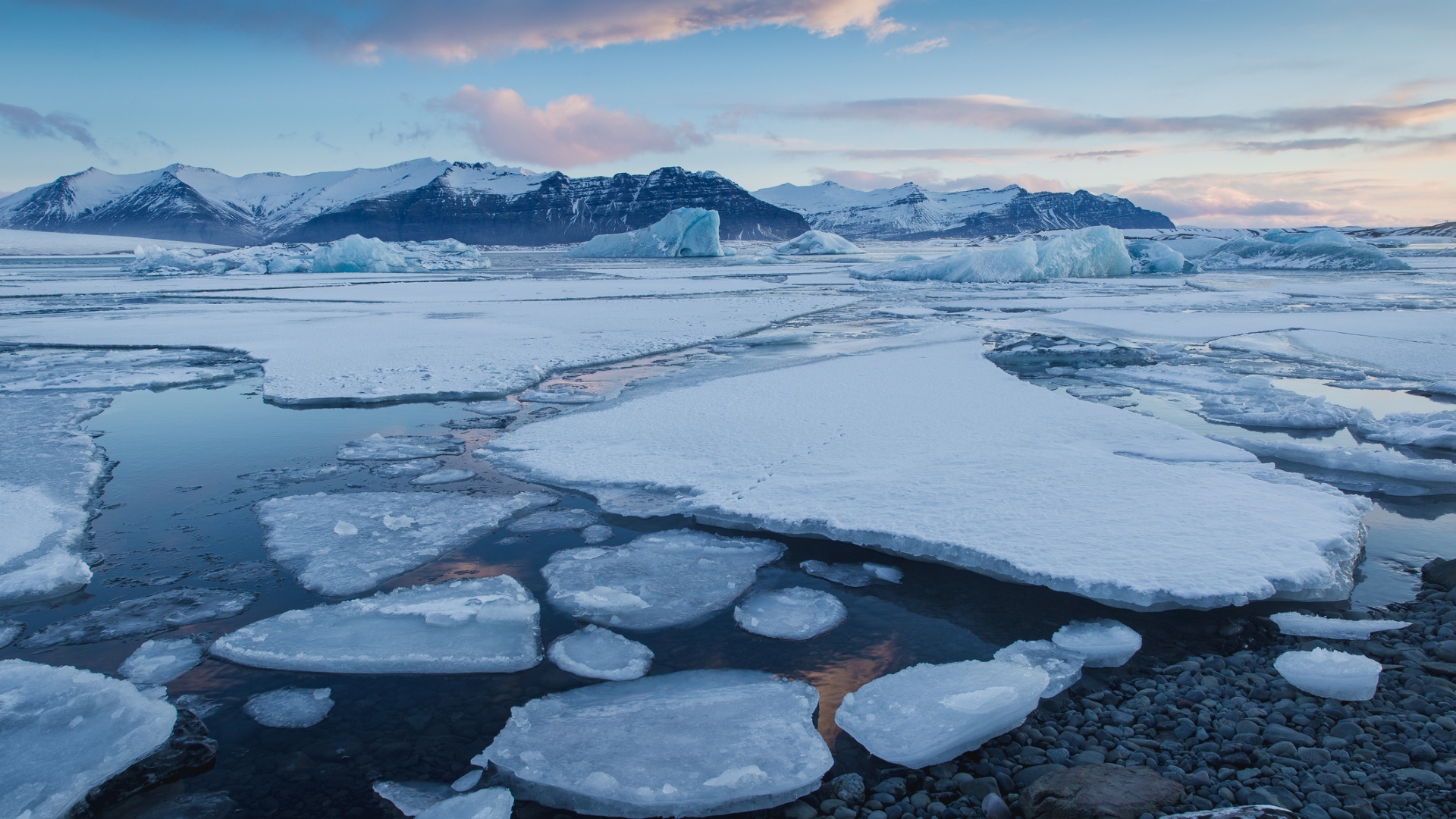
Summer Arctic sea ice is shrinking at a rate of 12.2% per decade, compared to its average extent during the period from 1981 to 2010, satellite observations from NASA show.
One solution could be to coat large swathes of the Arctic in a thin layer of reflective glass beads that protect young ice and allow older ice to form, according to the Arctic Ice Project, a nonprofit organization. Research experiments to test the geoengineering technique in lakes and rivers in Canada have demonstrated some successful results, according to a 2018 study.
Paint buildings white

Painting buildings in an ultra-cooling white paint could provide an affordable cooling solution, researchers have found. In many hot countries, such as Greece and Spain, white houses are the norm. They reflect the sun's powerful rays, making the buildings cooler.
In 2023, researchers invented a new ultra-white formula that modeling experiments found reflects 98.1% of solar heat away from the surface. The paint gained an Innovation Award for its potential to keep surfaces cool and reduce the need for air conditioning.
Recycle human waste

Researchers have found that composting human waste to use as a fertilizer for agriculture reduces greenhouse gas emissions and waste-borne illnesses.
A 2020 study published in Nature investigated the sanitation and composting of human waste at large slums in Haiti, where only 30% of the population has access to sewer sanitation. Researchers found that off-site composting had a methane emissions factor of 0.5%, compared to 20 to 80%from pit latrines and lagoons.
"Composting has a much smaller greenhouse gas footprint than all of the other non-sewer technologies that are used widely today," University of California, Merced Professor Rebecca Ryals and study co-author said in a statement.
Eat insects

Insects could provide an alternative source of protein and reduce greenhouse emissions, according to the World Economic Forum. A 2017 study reported that cricket farms emit 75% less carbon dioxide and half as much water as poultry farms.
Separate research from 2023 found evidence that edible insects, many of which are regarded as pests, could solve many environmental and health issues by reducing greenhouse gases emitted during food production and providing an additional food source as the global population continues to grow.
Use algae for food, fuel and cement
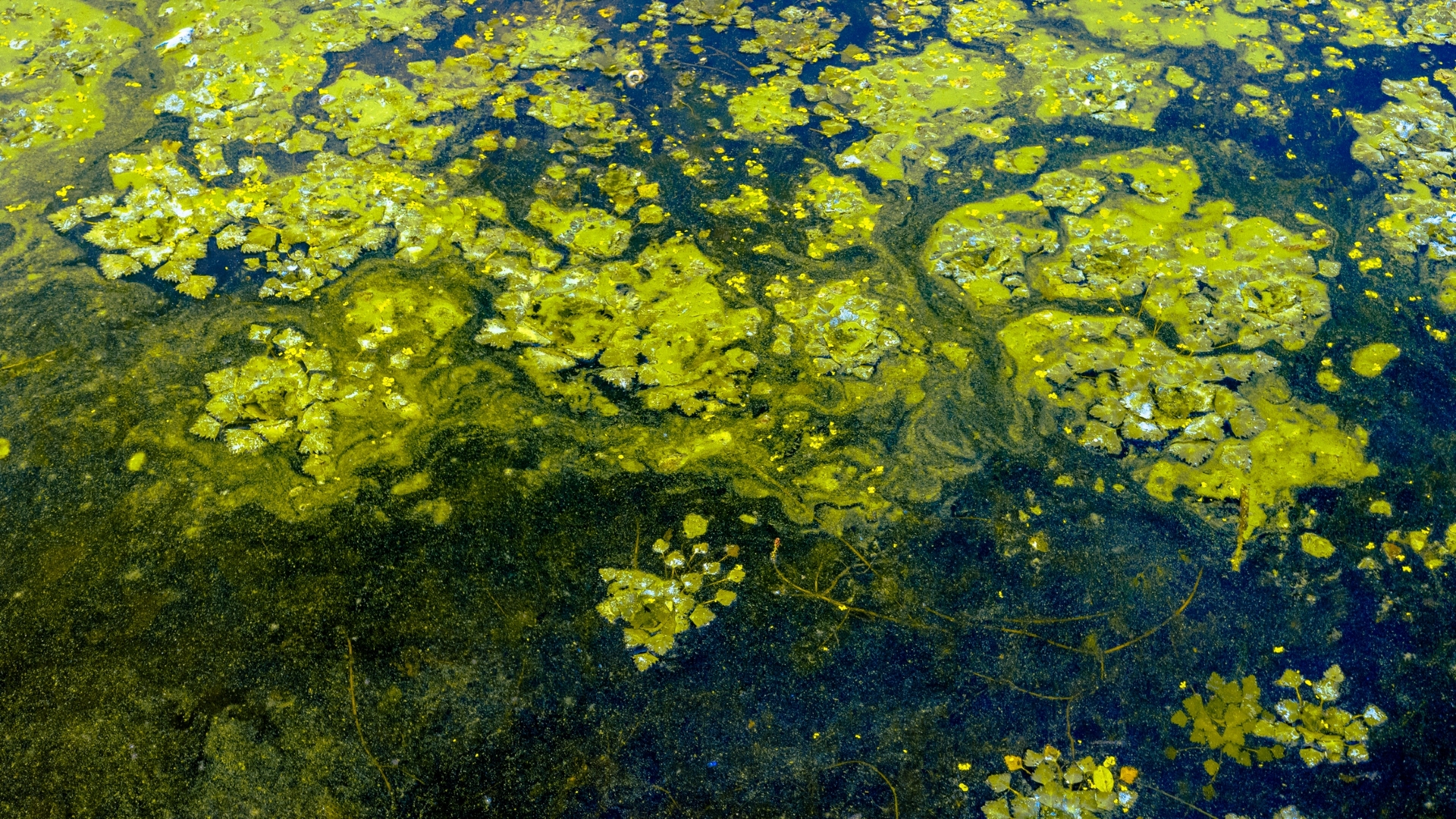
Scientists researching the potential uses of microalgae for carbon capture and in medications and foods found that some species of algae form limestone, which can be used to make biocement and reduce carbon use.
A 2024 study found evidence microalgae could be used as a biofuel and a greener solution to fossil fuels. A separate 2024 report found that algae is increasingly added as a nutritious ingredient in plant-based food. Compared to conventional plant and animal sources, the researchers found that algae used fewer natural resources to grow and harvest.
Use the human body as an energy source
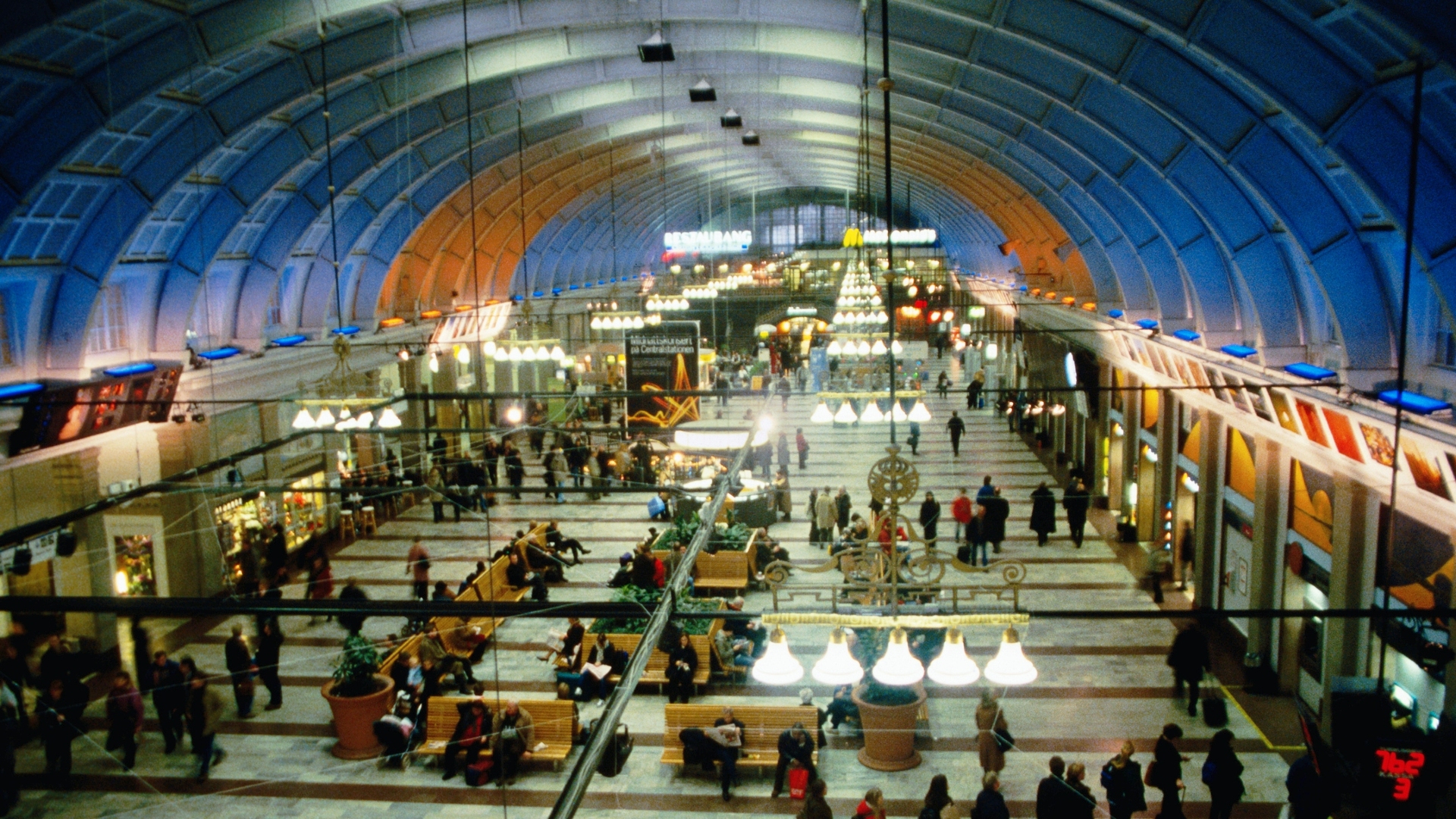
Rather than cooling the heat produced by humans in busy urban areas, scientists are using human heat to warm buildings.
In Sweden, an eco-office building situated above Stockholm Central Station recovers the excess body heat produced by thousands of commuters.. Using heat exchangers, the excess heat is converted to warm water, which supplies up to 20% of the office heating. To cool the building, water is extracted from a nearby lake.
Use asbestos to remove CO2 from the air
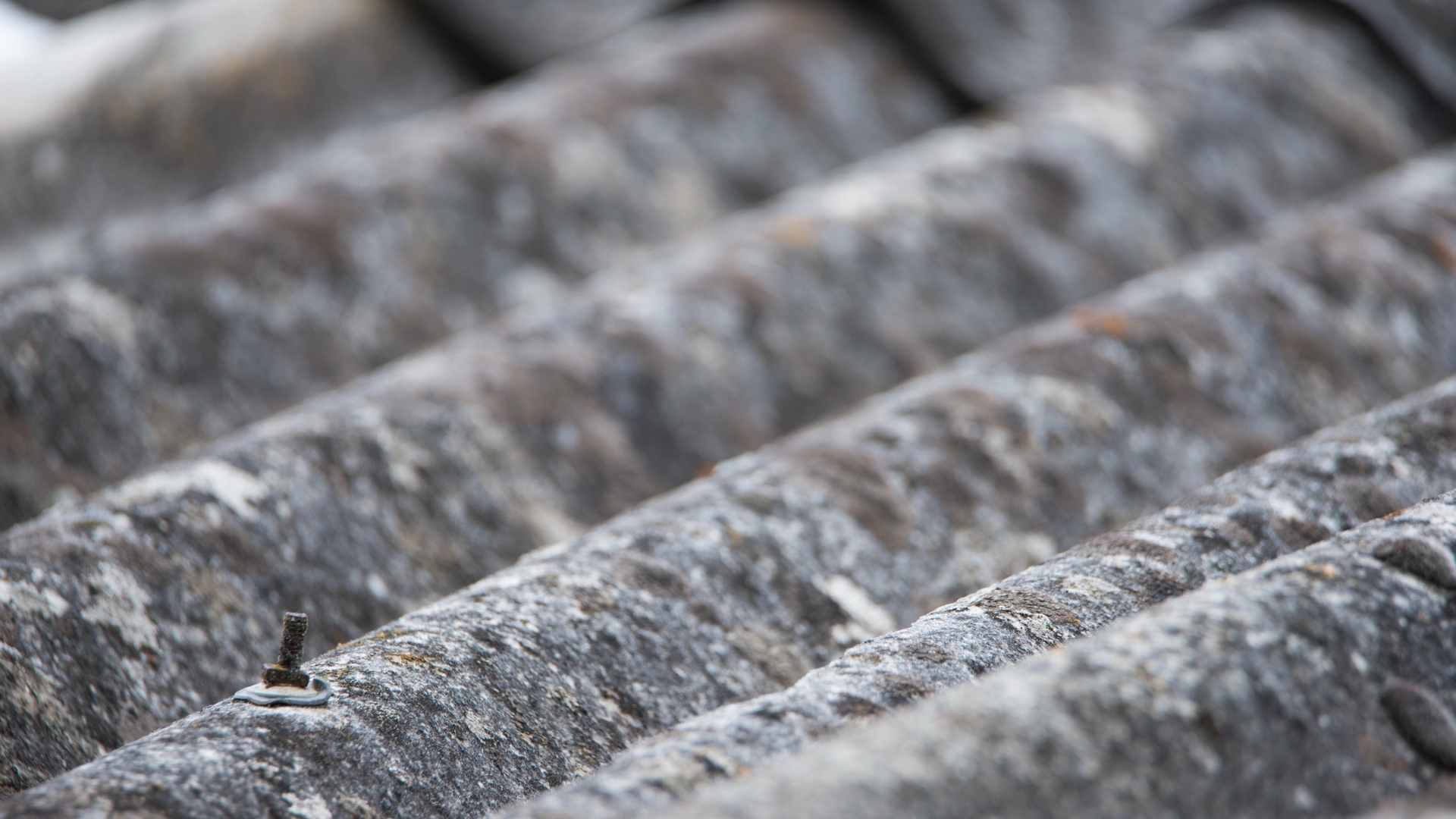
Scientists are exploring how asbestos (in its natural form) could be used as a "carbon sink" to remove CO2 from the atmosphere. Asbestos is a naturally-occurring fibrous silicate mineral that is harmless in the soil, but when manufactured, it becomes a carcinogenic compound that causes serious health problems when breathed in.
In a 2019 study, scientists reported how the waste from mining, including asbestos, could be used to capture carbon.
Paint mountains white
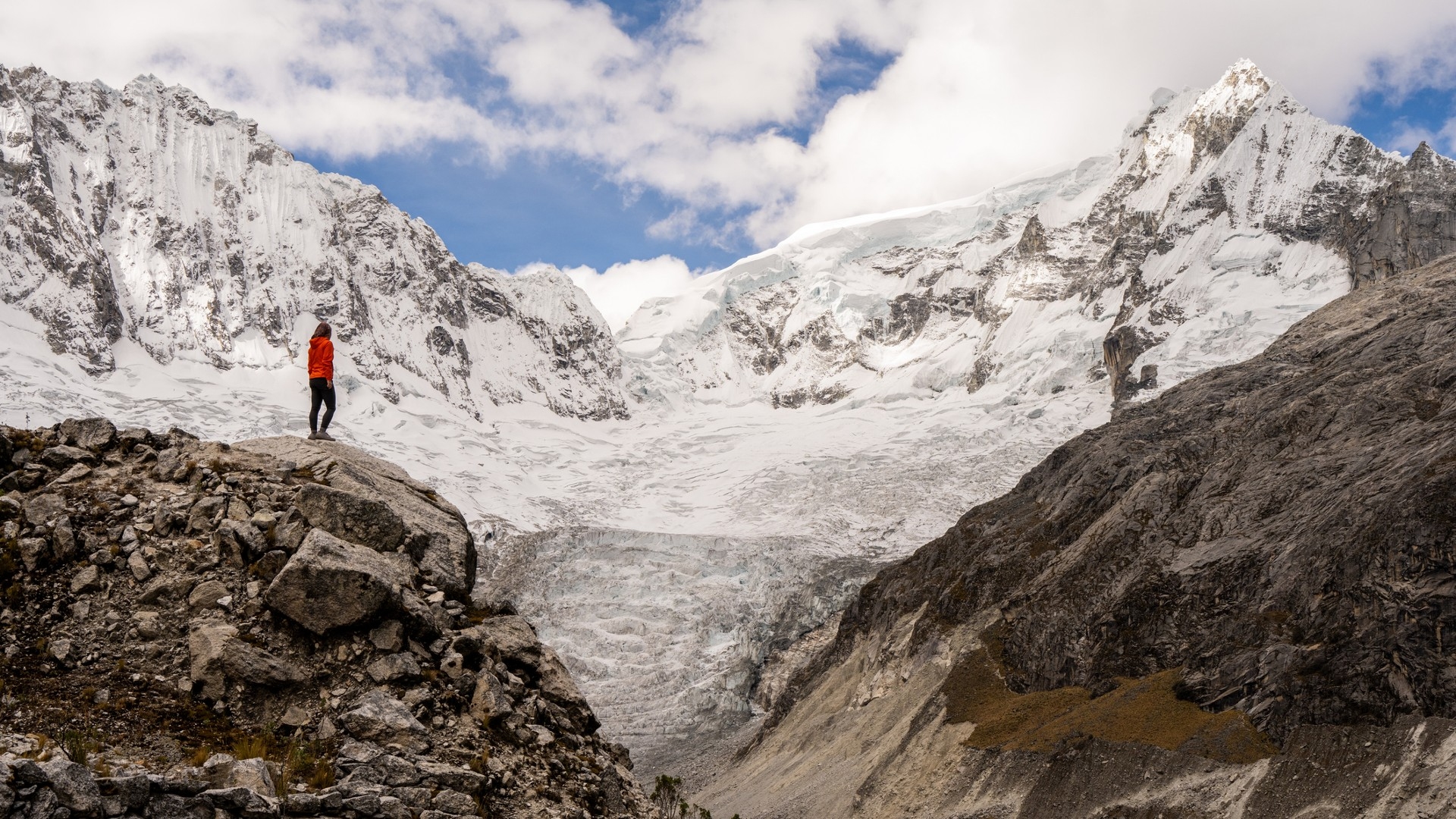
In 2010, a Peruvian inventor whitewashed a mountain summit in the Peruvian Andes in an experiment to see if it could protect against glacier melt by reflecting heat away from the peaks. The Glaciares de Peru Project's early example of geoengineering won a $200,000 prize as part of the World Bank's "100 Ideas to Save the Planet" competition.
In 2023, Reuters reported that 56% of Peru's tropical glaciers had disappeared in the last six decades as a result of climate change.
Grow more sea ice in the Arctic
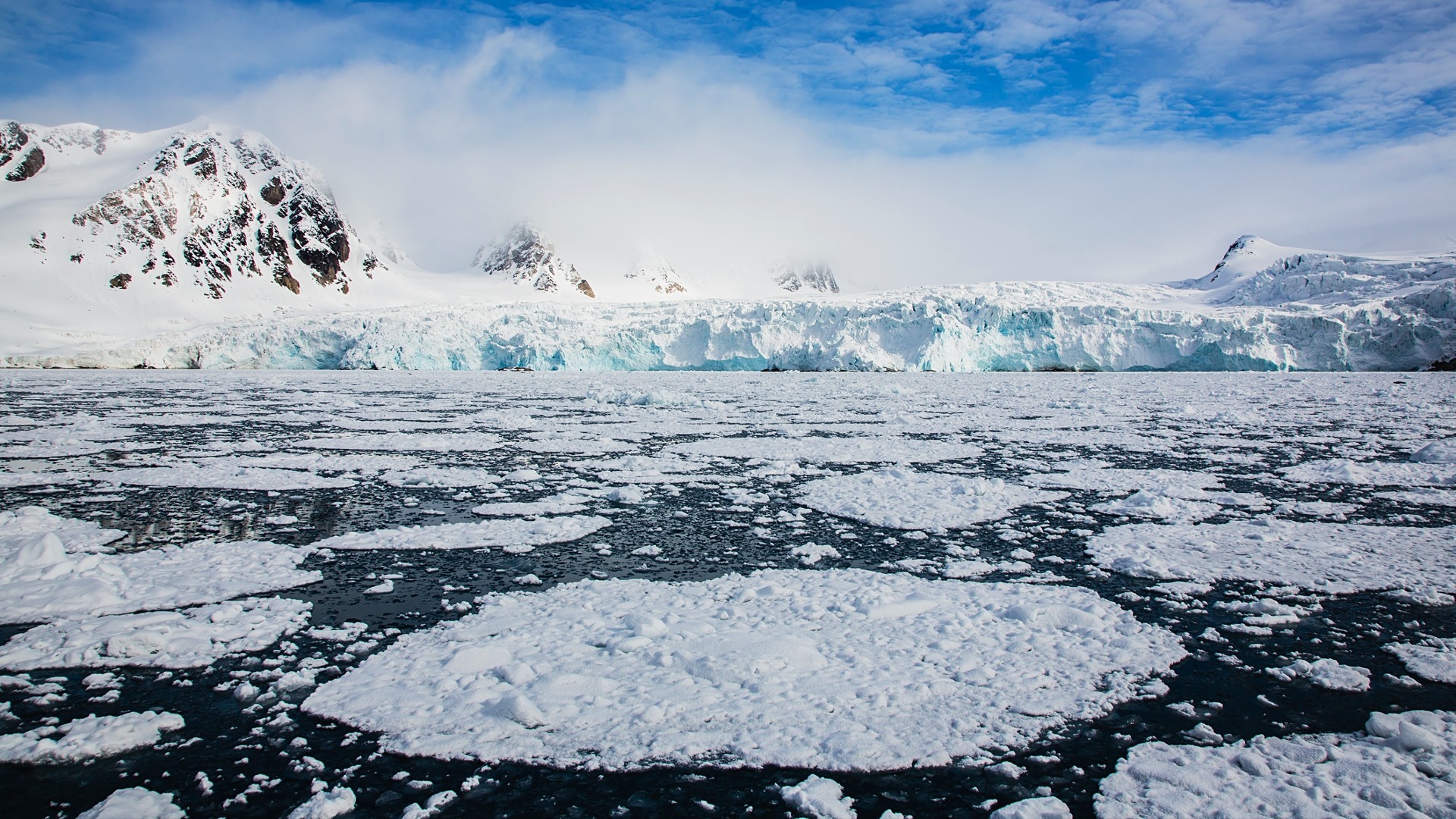
In 2023, researchers from the Centre for Climate Repair at the University of Cambridge undertook an experiment in Cambridge Bay in the Arctic Circle to drill and pump seawater across the surface to freeze and therefore thicken the ice.
This, the team said, could protect it from melting and restore lost ice to mitigate some of the effects of carbon emissions. The 2024 study examining the impact of the experiment found evidence of freezing further away from the point of injection, suggesting thickening ice in the Arctic could be a helpful strategy to mitigate further ice loss.
Live in trash houses
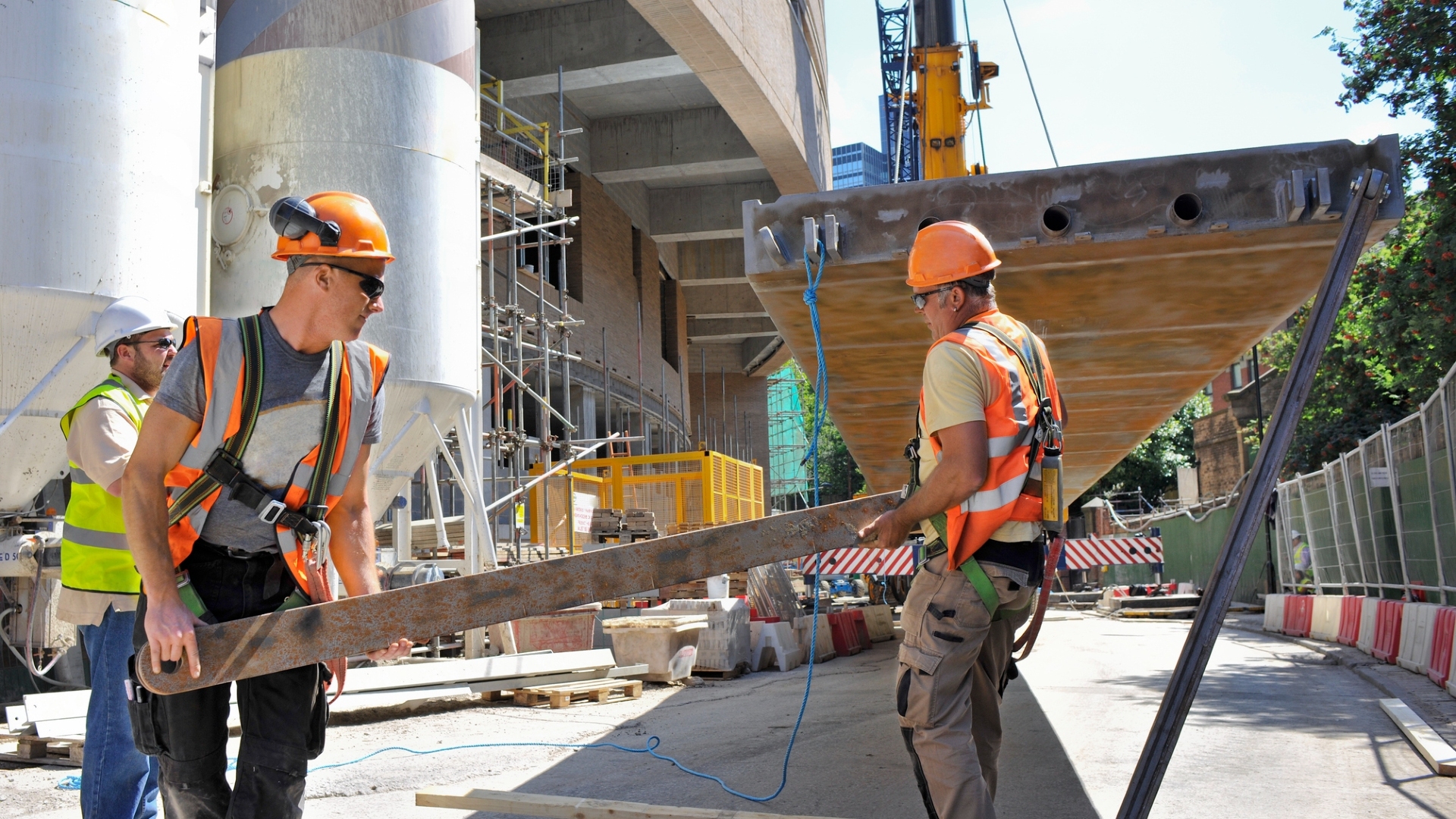
The construction industry is responsible for a large proportion of global carbon emissions and it sends a huge amount of waste to landfills each year. The European Commission estimates the industry produces over a third of the European Union's waste. Approximately half of the 100 billion tons of raw materials extracted across the globe annually are used in construction.
One solution being tested is using recycling materials such as plastic to create bricks. A 2022 study reported that the use of recycled building materials, such as plastic, glass, concrete and steel, during construction could reduce the environmental impact caused by construction by up to 65%.
Bury carbon underground
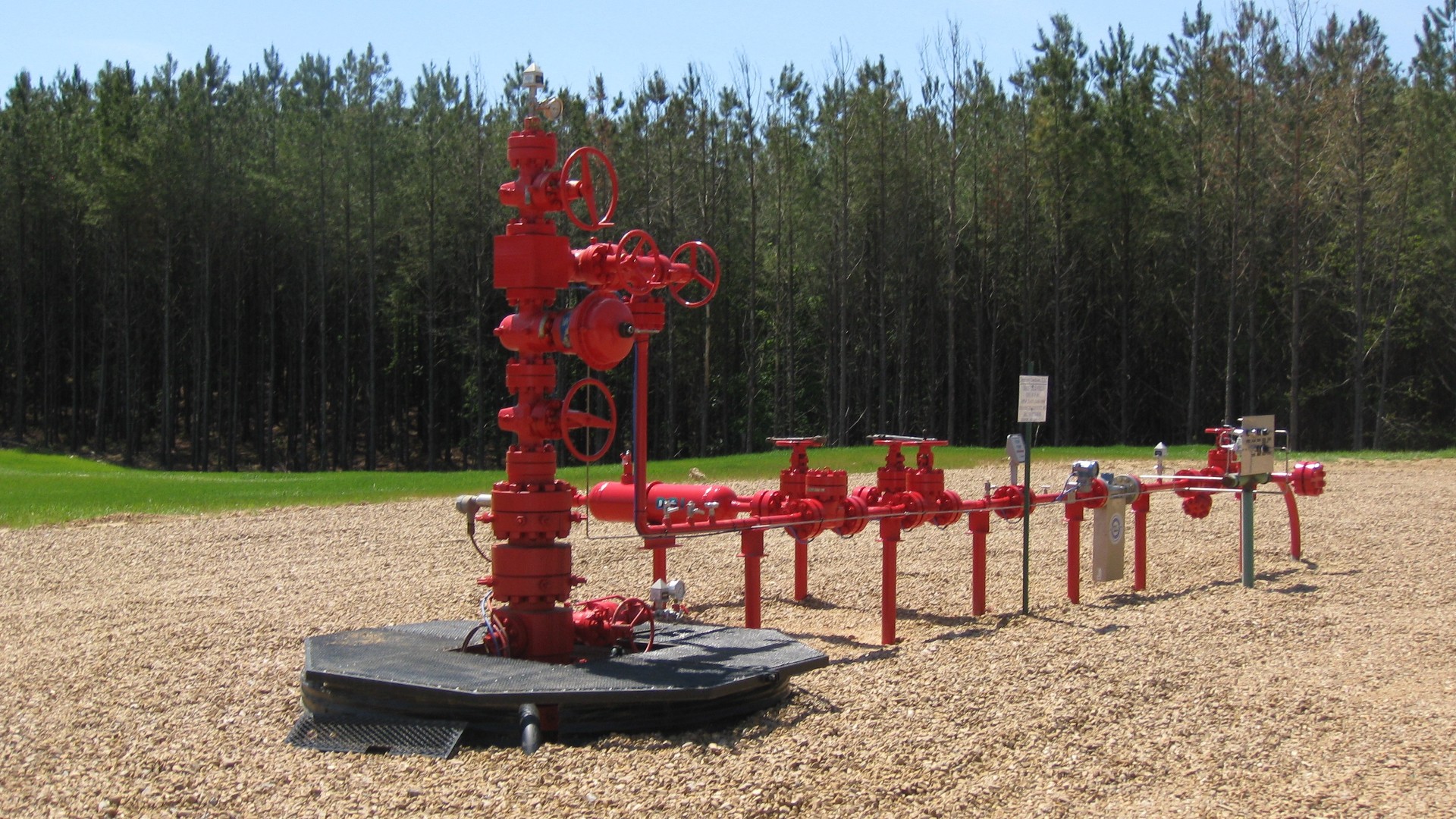
Capturing and storing carbon, a process known as carbon sequestration, can reduce carbon dioxide in the atmosphere and lessen its impact on the environment.
In a 2022 study, researchers investigated the importance of erosion in carbon burial to see if subsoil could be used with "frontier" technologies to store greater quantities of carbon. Scientists found evidence to indicate that subsoil could be used to capture carbon with large quantities of carbon recorded in centuries old subsoil.
Space-based solar power

Since the 1920s, scientists have been exploring how space-based solar power can be harvested and transmitted back to Earth.
According to NASA, large orbital solar panels could be blasted into space, and the energy they collect then sent back to our planet using laser or microwave beams. A 2024 report by NASA evaluated the potential cost and conditions needed to deliver space-based solar power and the role NASA could play in developing technologies to harness this energy.
According to the European Space Agency, sunlight is 10 times more intense in the atmosphere than it is on Earth’s surface, and space-based solar power could aid in Europe achieving a net-zero greenhouse gas emission target by 2050.
Fly less

Traveling by plane contributes significantly to climate change. The aviation industry generates up to 2.4% of global carbon emissions annually, according to a report published in the Atmospheric Environment Journal. The Environment and Energy Study Institute reported that the "hypermobility" of air travel caused the annual global passenger count to reach 4.56 billion people in 2019. In a 2022 study, researchers investigated how behavioral changes, such as abstaining from flying, choosing an alternative means of transport and carbon offsetting, could be encouraged to reduce individual impact.
Grow algae in the ocean to reduce acidity

The ocean absorbs around a third of the planet's carbon dioxide from the atmosphere. However, as carbon dioxide emissions have increased, scientists have found that seawater has become more acidic, and less effective at carbon capture.
But algae can help "calcify" the water by releasing enzymes that break down carbon dioxide into bicarbonate ions. These ions can then be used for calcification. In a 2016 study, scientists found that algae helps the water stay neutral and absorb more carbon.
Reintroduce woolly mammoths
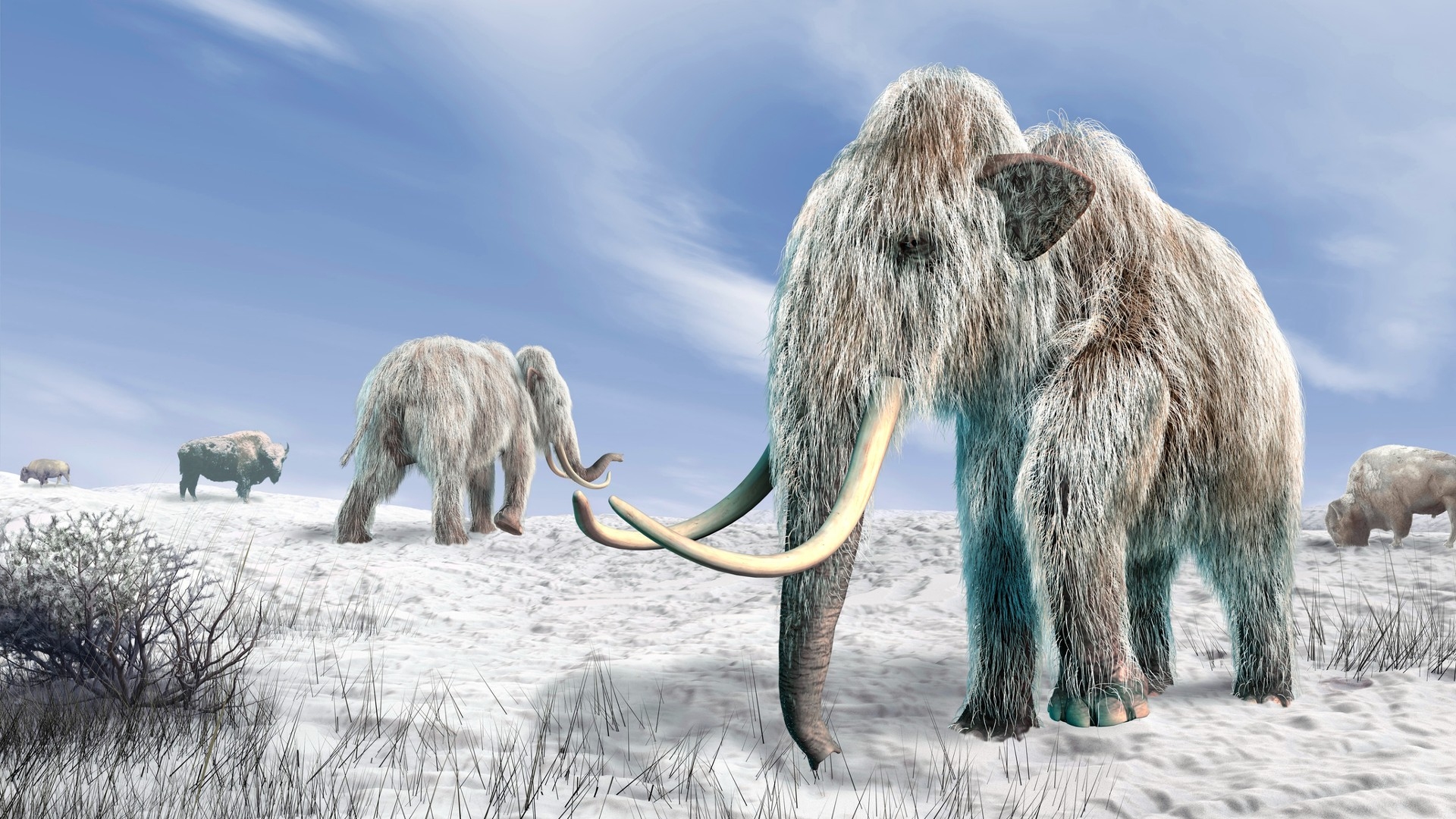
In a project reminiscent of Jurassic Park, scientists from Harvard University have explored bringing woolly mammoths back to life.
According to researchers from the Woolly Mammoth Revival Project, reintroducing previously extinct large animals and herbivores to Arctic environments could reduce greenhouse gases by acting as a natural geoengineer. By trampling around, they could help grasslands — which absorb less heat than trees — to thrive, while preventing permafrost to thaw.
Train cattle to use the loo
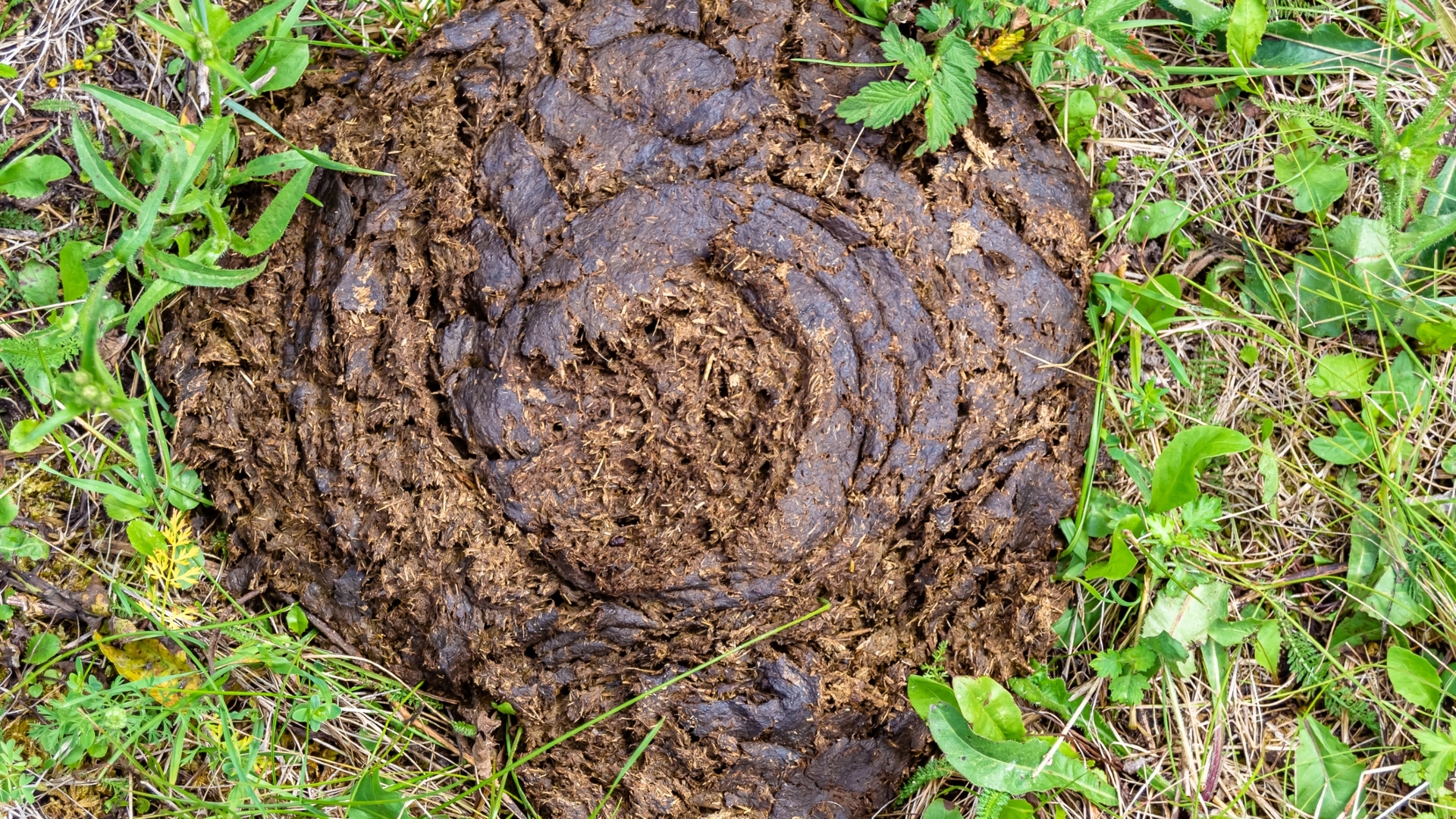
Researchers from New Zealand have successfully "potty trained" cattle to use a toilet, nicknamed a "MooLoo."
The projects aims to reduce ammonia emissions from urine and dung from leaching into the soil and nearby water sources, causing nitrous oxide — a type of greenhouses gas — and acid rain.
According to the 2021 report, a single cow can produce 30 liters of urine daily. Ammonia is produced when this urine combines with feces. Although urine isn't as damaging as the methane produced by farting and burping cattle, the nitrous oxide from urine was found to make up 5% of all greenhouse gases from agriculture in the U.K. in 2019.
Build wind farms in the sky

Airborne technology could be a solution in the fight against climate change. These technologies, such as huge kites, are being explored as a method for harvesting wind power high above the ground and in remote locations where conventional wind turbines can't be installed.
According to a 2013 study, high-altitude winds are generally more powerful than near-surface winds, resulting in up to 4.5 times higher average power densities.
Use nature to encourage people to care about the planet
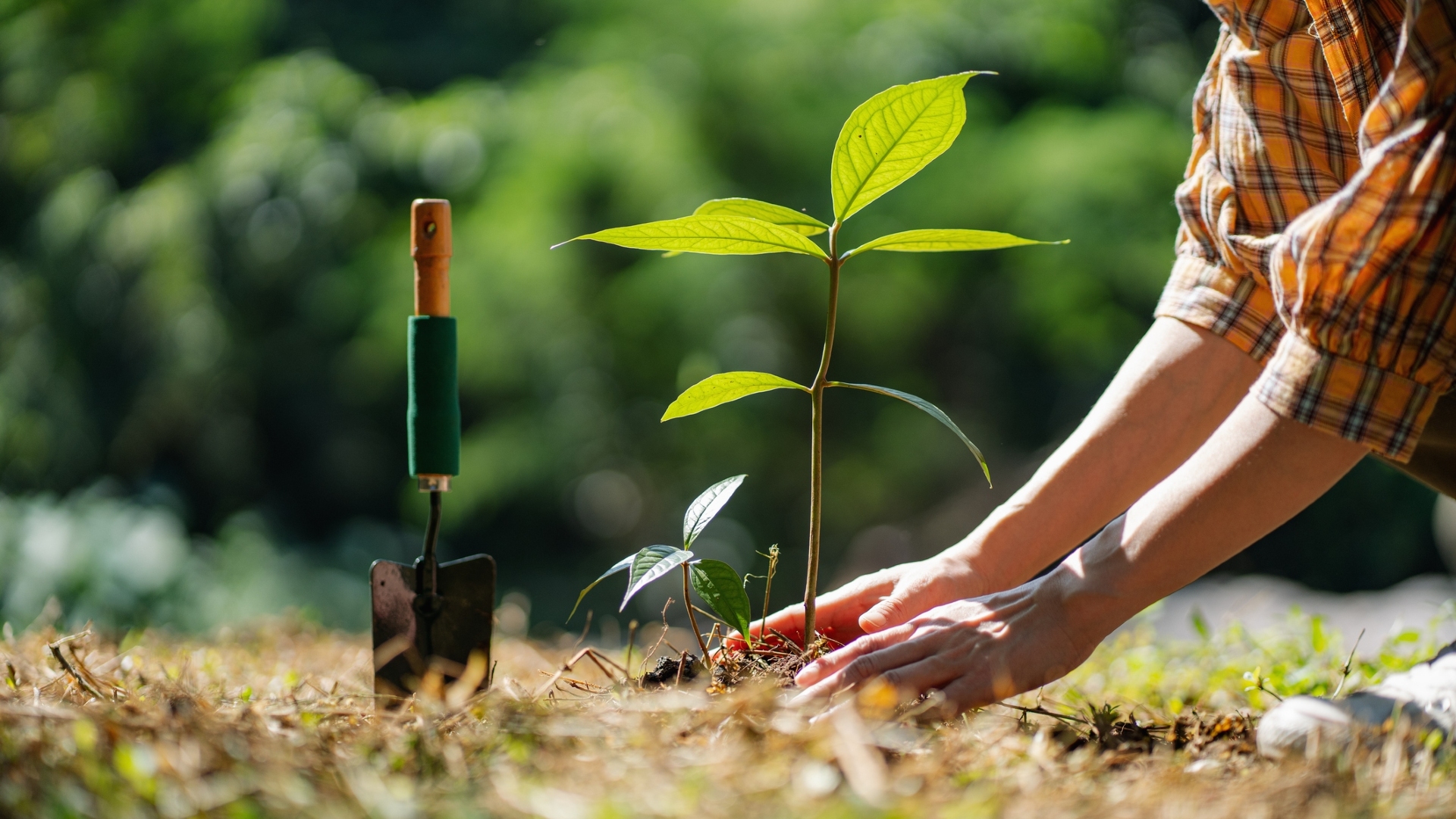
The United Nations has outlined 10 actions that people can take to reduce their carbon footprint and save the planet. These include using less energy, consuming fewer products generally (such as clothing, electronics), recycling more and using greener modes of travel.
According to a 2023 study conducted by researchers at the University of Tokyo, people who spend more time in nature are more likely to care about the natural environment and take action to protect it. Researchers found evidence that giving people a chance to experience nature boosts empathy for the health of the planet and encourages prosocial behavior.







